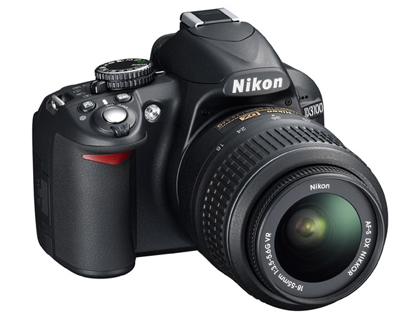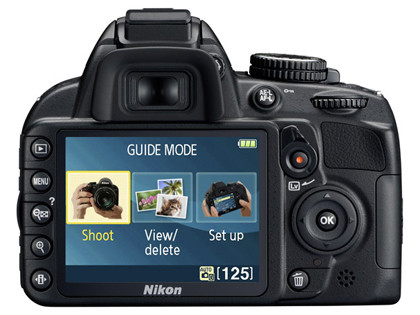Why you can trust TechRadar

You wouldn't expect a camera at this price, with a plastic shell, to feel as solid as Nikon's semi-pro bodies like the D300s but, even so, it feels reassuringly robust and rugged. There's no hint of any creaking or flexing when you're using the camera, and all the buttons, switches and dials feel precise and tactile. The same goes for the covers and catches that make up the flaps for the battery bay, memory card slot and external connections panel.
As for what lies behind the flaps, a new EN-EL14 Li-Ion battery pack has enough juice for about 550 shots between recharging, the memory slot is compatible with SD, SDHC, SDXC and Eye-Fi cards, and external connections include USB 2.0, GPS, HDMI (Type C) and A/V out.
Notable exceptions are a PC sync socket for firing studio flash and an input socket for using an external mic, which is a major letdown when it comes to high-quality movie recording.

On the plus side, the newly designed shutter mechanism should be good for at least 100,000 cycles, and comes with a novel 'quiet' shooting mode, which we'll come to later. Another neat novelty is the Airflow Control System, which teams up with the usual vibrating sensor cleaning function to direct dust away from the low-pass filter.
At 124 x 96 x 75mm, and weighing in at just 505g (including battery and memory card), the D3100 is refreshingly compact and lightweight. The flipside is that the camera feels a little cramped for the big-handed in life but, even so, the chunky rubberized hand grip makes for handling that feels more natural than with some similarly sized cameras, like the Canon 550D.

One of the few corners cut in the D3100's design is around the back of the camera. While build quality in practically every other respect is very impressive at the price, the 3.0-inch LCD retains the relatively low 230,000-pixel resolution of the older D3000, whereas most new cameras feature LCDs that have four times this, at around 920,000 pixels. Even so, the LCD looks fairly accurate in terms of brightness, contrast and colour balance, and that's what is most important.
The most noticeable difference in layout between the Nikon D3000 and D3100 is the addition of the Live View lever and video capture button on the back of the camera. As with the other controls, these make for intuitive handling, as the Live View lever flips across to activate both Live View and video shooting. You then either press the regular shutter release button to take a still image, or press the red button to start a video sequence.
Sign up for breaking news, reviews, opinion, top tech deals, and more.
